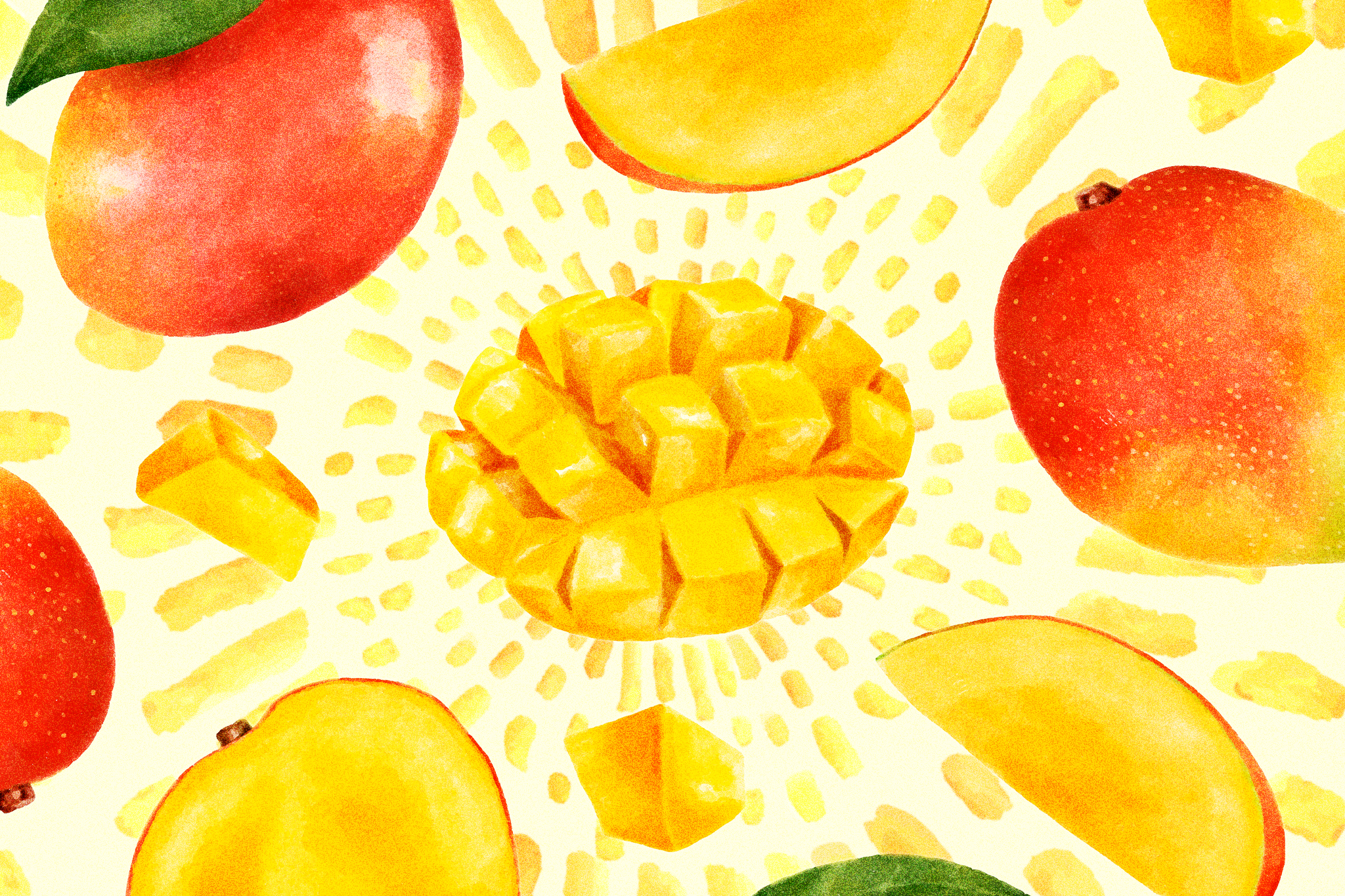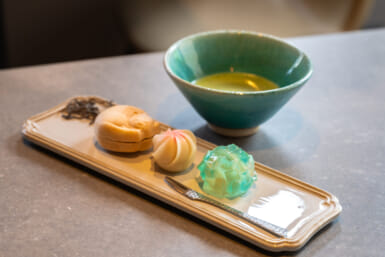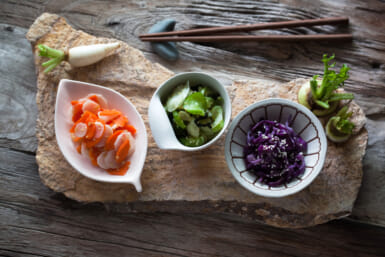In April 2023, two Miyazaki mangoes sold for ¥600,000. I remember looking at the article in disbelief. How is that possible? Even the “lower” grade Miyazaki mangos sell from ¥5,000 at a fancy supermarket. At the time, I thought that the fruit was preposterously overpriced. I was so wrong.
The Process of Eating a Miyazaki Mango
Shortly after the article’s publication, the doorbell rings to the apartment I share with my partner. It is the postman, turning up unannounced, bearing two eggs of the sun. No, this is not my own, personal nickname for them: One particular brand of mango from sun-drenched Miyazaki Prefecture is rather grandly christened thus: “Egg of the Sun.”
The two of us look at the box, its wrapping paper emblazoned with the words. Talk about exaggeration, we laugh. But this is a gift from my partner’s Japanese mother, known for her refined taste and affinity for department stores, shopping well out of the budget of two 20-somethings on the outskirts of Tokyo. So, even if whatever is inside is not a ball of freshly laid sunshine, it is likely to be enjoyable, at least.
To qualify as a Miyazaki mango, each fruit must be over 350 grams in weight. The box is, give or take, 1 kilogram, the byproduct of abundant packaging, which we cut open to reveal two remarkably formed eggs. Bigger than a hand, definitely larger than a standard mango, they’re encased in pink, foamy netting, each cradled in its own compartment.
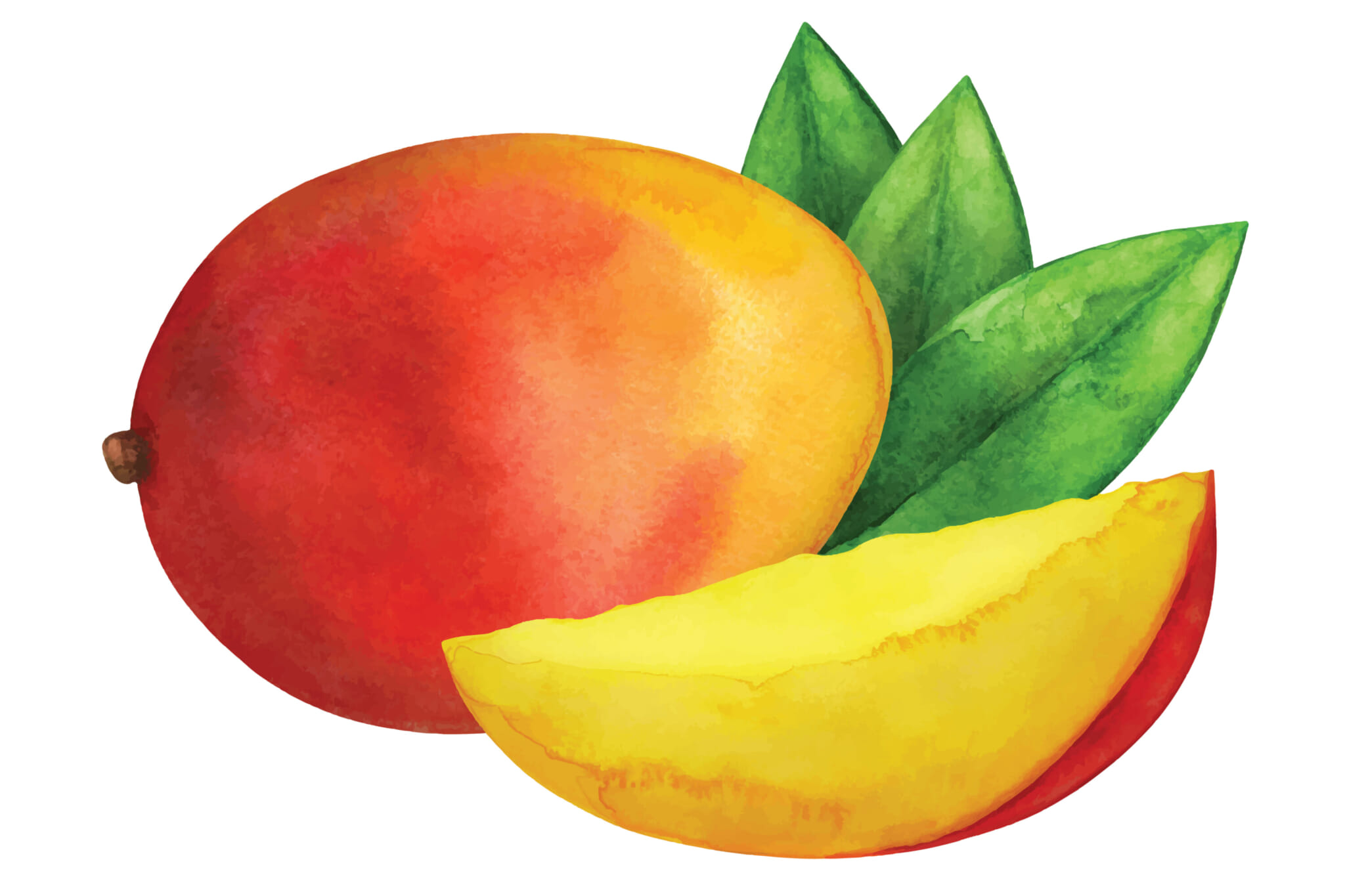
Waiting in their caskets, the mangoes glow. Lifting one out, I grab a knife and began to slice as instructed. Piercing the flesh yields droplets of rich, yellow-orange juice, oozing down the sides as I cut to set it free; reaching the center of the fruit, I encounter the tiniest stone I’ve ever seen, the wonders of rigorous cultivation.
While they’re being produced, the mangoes are not free to bask directly in the sun — rather, they are grown in greenhouses, under strictly controlled conditions. Only the strongest survive: Around 80% of budding fruits are pruned from the stem to encourage the remaining ones to grow larger, gorging themselves on sunlight and nutrients. These chosen fruits are tended to with such care that individual nets are involved, encasing their bounty until it falls from the tree naturally, like an apple from the hand of Snow White.
Taking a piece of the mango onto my fork, I raise it to my mouth. There is no need to bite. The flesh melts. I’ve never experienced anything like this. As it disappears, my tastebuds cry with joy. Why have you blessed us with this heaven-sent goodness! The sweetness is unparalleled. (According to Miyazaki city’s official website, each has a minimum of 15% sugar content.) This is the power of our Mother Nature, pouring rich, warm sunshine into this egg-shaped package as it grows carefully on its stem.
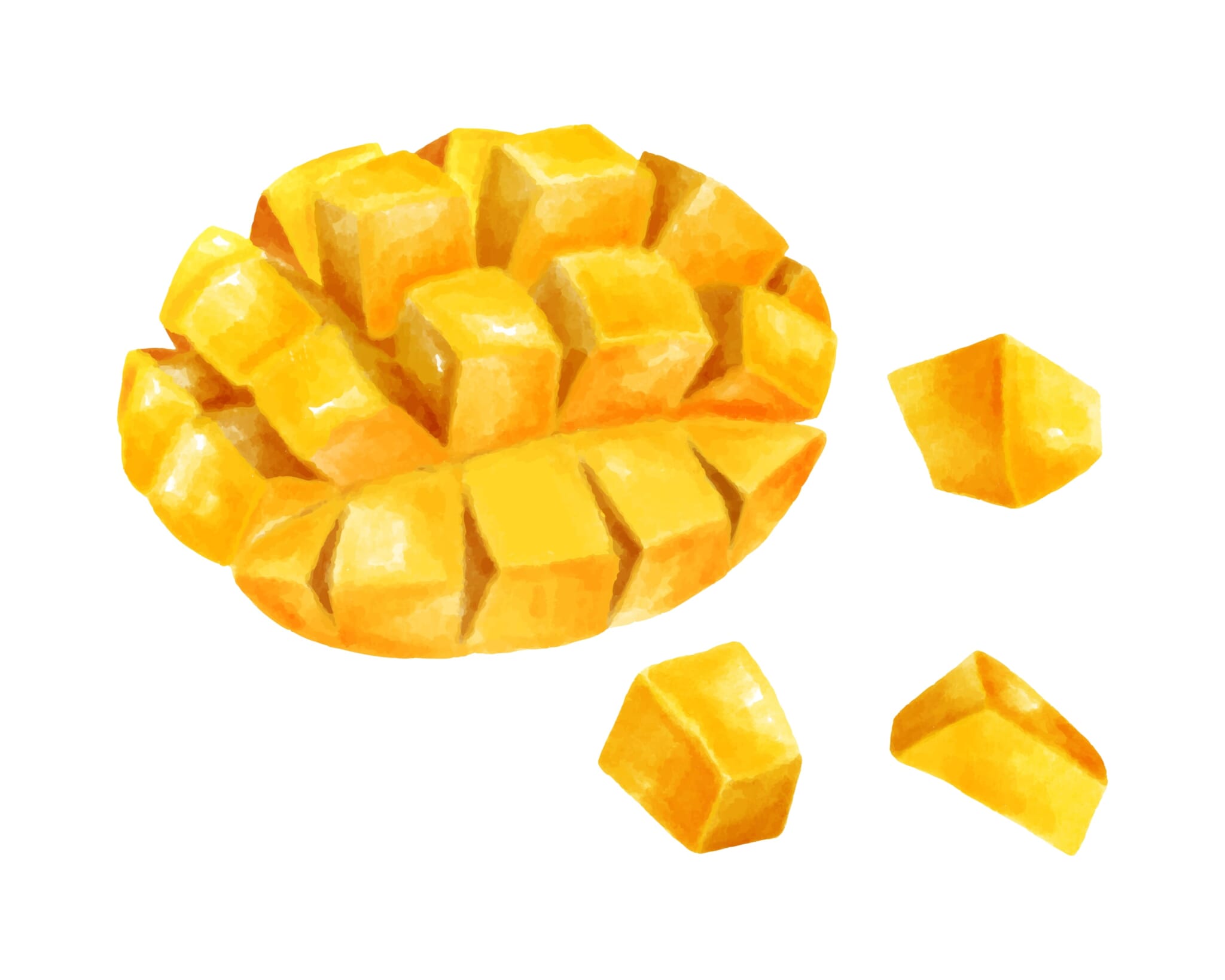
Despite oozing rays of sunlight, these glorious sunny fruits never meet their namesake directly, forever trapped within greenhouse glass, looking out and soaking in. Yet they are loved by the farmers that grow them. The buyer of the ¥600,000 Miyazaki mangoes was a farmer himself.
We finish the Miyazaki mango (for, just like those acquaintances for whom first-name only does not fit, a mango from Miyazaki must always be referred to using both first and last names, to avoid confusion with a lesser “mango”) and eye the next one, lying in its little box, softly emitting a warm radiance. It appears to be pulsating, although maybe that’s just my eyes popping out.
The name “Egg of the Sun” makes so much sense. We’ve seen the light, and it is mango-shaped.
This article appeared in Kyushu Weekender 2024. To read the whole issue, click here.

